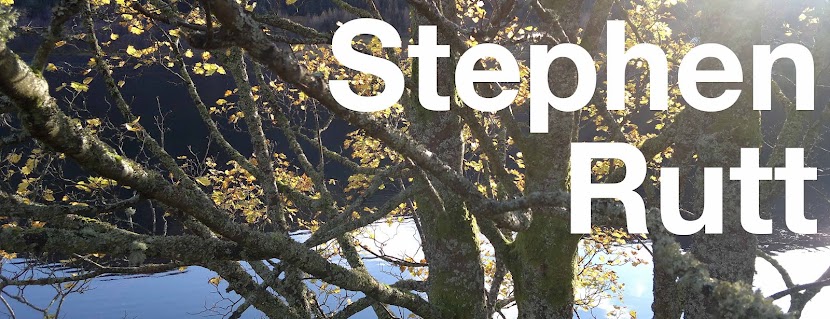Johannes is not a birder but he is environmentally aware: primarily
politically, but also for deer and other mammals. I can understand why. Being a
Scottish German he was particularly keen on seeing Red Deer and Muntjac: the
former a species he should’ve seen but hadn’t, and the latter a species that
has yet to spread to either of those locations. The breckland seemed the best
bet: a 15km walk from Icklingham to Thetford was planned along part of one of
the oldest tracks in Britain, through forest and heath, grass pasture and parsnip
fields. This is deer country. In an eco-system shorn of its natural predators,
here they proliferate; eating their way through the dense low bush habitat of
the Nightingale, with few barriers to their movements or growth. Nobody hunts
them and their biggest source of fatalities is from cars that don’t brake in
time. It’s not the deer crossing first that you hit, but the one which
inevitably follows that takes a chunk of your front bumper with it.
Despite this, and with a possible Disney influence, deer are
an excellent species for enthusing people about wildlife. As we walked, Roe
Deer peeked out of long grass beside the path: the big quivering ears giving
the game away, and leading to a pair of wide, glassy black eyes looking back at
us. It’s impossible not to anthropomorphise. Even an alert deer looks kind of
cute.
And then we found a muntjac. Johannes is surprisingly sharp-eyed
and spotted it first: blasé, I whispered it was a muntjac, and his enthusiasm
was infectious. It reminded me of me. I’ve had that enthusiasm, that rapt
excitement of seeing a wild animal for the first time many times before and I
still can’t really rationalise why it should be so. For me, time has made even
the tamest muntjac not particularly noteworthy. For him, this small deer
creeping through the undergrowth of a hawthorn thicket was the most exciting
thing of his stay in Suffolk. I found the stoat with white-flecked fur that
sprinted across the path to be far more exciting; though Johannes wasn’t sure
if it was a hermelin or a mauswiesel.
The overcast sky cracked to reveal blue. Countless Green
Woodpeckers and Kestrels later, I was enjoying the burning feet, thighs and
lungs of my first long distance walk in ages.
And then we discovered it. The path turned north
towards Elveden, running alongside a pine belt and a parsnip field with a
waist-height fence, topped with a single line of barbed wire. I couldn’t work
it out at first. Across the barbed wire ran a brown line… a branch? Binoculars
revealed a grimmer sight. A cloven hoof suspended in mid-air and a leg at an
unnatural angle, bathed in blood red. I peered over the fence and found a Roe
Deer slumped. It saw me too, staggered up onto three legs and with a desperate
agony strained to pull its broken bloody leg off the barbs.
It was suffering. I can’t imagine the distress of being
trapped in bloody agony, but we hid in the hope that it would calm down as
every strain made the situation worse. We rang the RSPCA distressed animal helpline
but to no avail: apparently without a town, road name or postcode they wouldn’t
be able to find us. It must be said that these things tend to be lacking in the
middle of a wood. My offer of a six figured grid-reference and directions was
ignored and I was advised to ring the police to tell them we had a distressed
deer and weren’t sure where we were. I later learned that most police retain a
deerstalker but in the stress of the moment I couldn’t see the sense of it and
ran off in pursuit of a farm-worker we could see several fields away. He went
off to get the landowner. By this point we were past the deer and carried on
walking to cause no further unnecessary distress to the animal.
Thirty minutes later we heard a gunshot.
At that point we were standing beside a nature reserve, a
typical breckland heath of rabbit grazed grass, sandy soil and stones and
weeds. It was rung by a wire fence, waist-height, with a single line of barbed
wire topping it off. A deer should be able to jump it and the barbs aren’t close
together, so it was by some staggering piece of misfortune that the Roe Deer
had managed to impale itself. That is beside the point though: I can’t see a
single good reason for the existence of barbed wire in the countryside, least
of all at such a risky height, in such a risky place. The brecks are covered in
deer and beside a nature reserve the presence of a fence that is dangerous and potentially
lethal for animals seems grotesquely out of place. Although I can see the need
for a fence around a nature reserve as sadly not everyone wishes wildlife well,
I don’t see the reason why it should surround a farmer’s field. Who wishes ill
on a growing root vegetable?



No comments:
Post a Comment